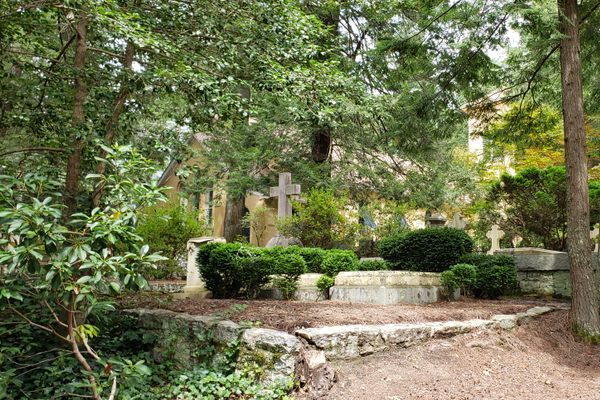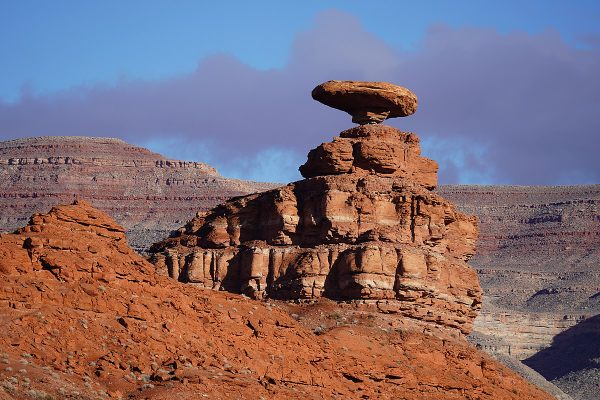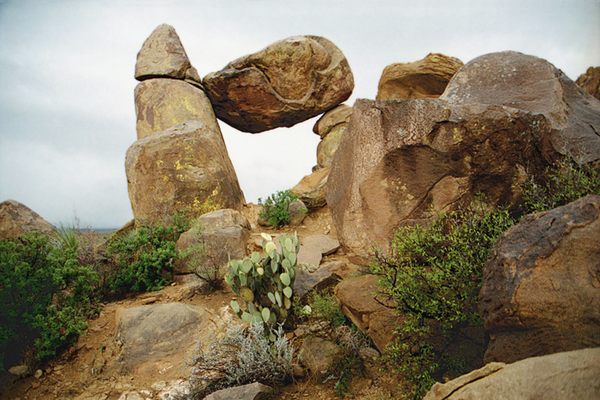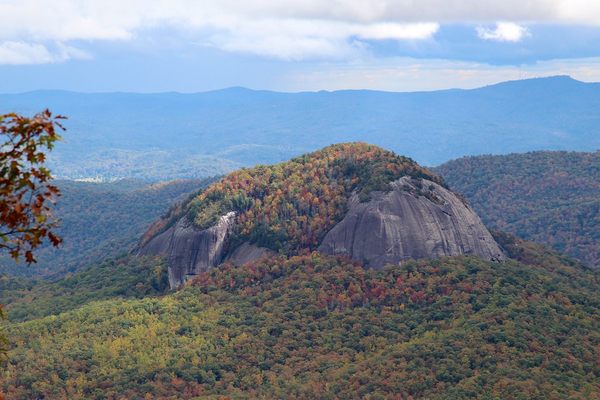AO Edited
Chimney Rock
A 315-foot spire jutting out from the Blue Ridge Mountains makes for breathtaking views.
Nestled between the candidly-named North Carolina mountain towns of Bat Cave (after an enormous mountainside bat cave) and Lake Lure (famed for its freshwater fishing, aside from being the primary filming location of Dirty Dancing), Chimney Rock does its part to toe the naming convention line. For miles in every direction, the village’s namesake rock is hard to miss.
The titular rock is a half-billion-year-old monolith stationed along the eastern edge of the Blue Ridge Mountains. While the “chimney” itself is only 315 feet tall, its position high up in the mountains puts it 1,200 feet above the valley floor. It’s visible from nearly every corner of its namesake town and, from its peak, allows for 75-mile panoramic views of Hickory Nut Gorge. While the gravity-defying rock is now the centerpiece of the publicly owned Chimney Rock State Park, it was actually once purchased for about the price of a sports car.
Dr. Lucius B. Morse was one of the many moneyed tuberculosis patients of the early 20th century who relocated to the mountains just outside of Asheville, believing Western North Carolina’s humidity, temperature, and elevation to be ideal in treating his ailment. After catching sight of the falls, cliffs, and geological oddities surrounding Chimney Rock, Morse vowed to make these natural wonders accessible to the masses while preserving their rugged beauty. Along with his brothers, he procured 54 acres for a mere $5,000 in 1902. A century of infrastructure work, including a road and bridge system leading to the base of the rock, a 26-story elevator to the summit, and a marked network of hiking trails to geologic points of interest was completed before the state bought the park in 2007.
Today, views from Chimney Rock are accessible to a range of patrons. From the Upper Parking Lot, visitors can either ride the elevator or take a 500-stair path straight to the summit. From the summit, the Skyline Trail winds through a ridgetop forest beside sheer cliffs to the head of Hickory Nut Falls, one of the highest waterfalls East of the Mississippi and the site location for several pivotal scenes in Last of the Mohicans. The base of the falls is reachable by the shorter, gentler Hickory Nut Falls Trail.
Whether or not the region’s climate alleviated Dr. Morse’s tuberculosis symptoms as he’d hoped, his vision of preserving this singular and striking landscape while creating access for visitors near and far has heartily endured.


















































Follow us on Twitter to get the latest on the world's hidden wonders.
Like us on Facebook to get the latest on the world's hidden wonders.
Follow us on Twitter Like us on Facebook